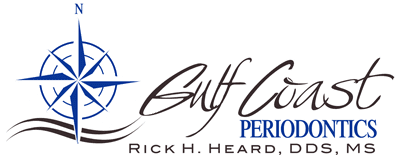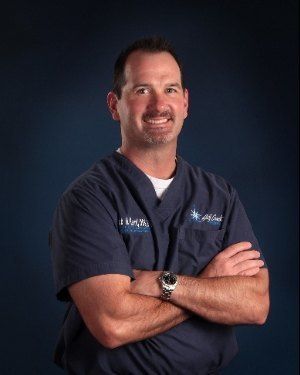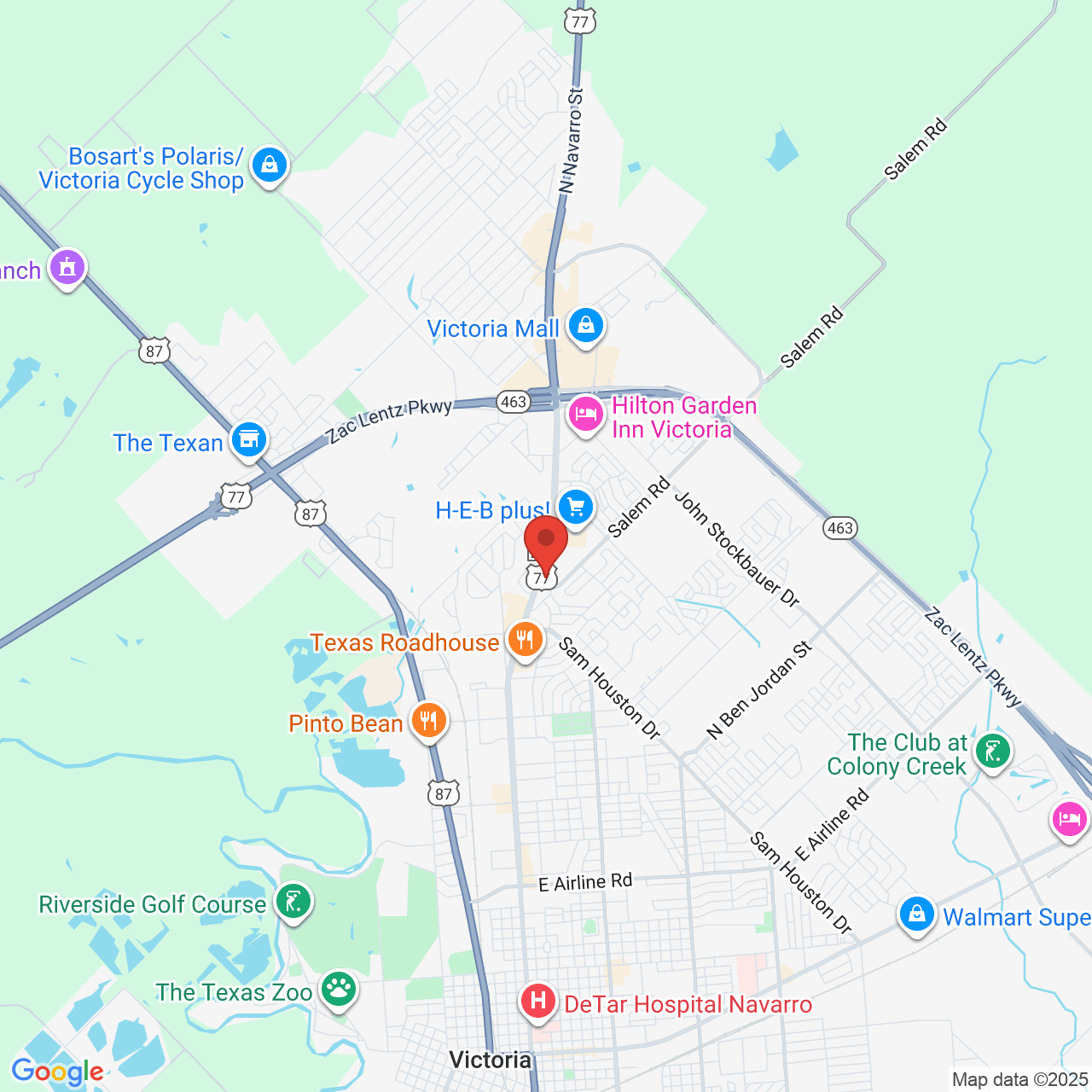Rebuild Your Dental Foundation with a Bone Grafting Procedure
With extensive training and over 15 years of experience, Dr. Rick H. Heard can provide highly accurate, effective bone grafting at his Victoria, TX, practice. This procedure can improve your candidacy for dental implants if you have been told you are lacking sufficient jawbone tissue. Our on-site anesthesiologists, Dr. Derrick Garrett and Dr. Steve Janececk, can safely administer IV sedation for your comfort during this procedure. Adhering to a philosophy of patient-centric care, we strive to create and maintain a warm, friendly, and comfortable atmosphere.
What is Bone Grafting?
Bone grafting is a surgical procedure that can be performed if you have insufficient jawbone tissue to support dental implants. Jawbone deterioration can occur as a result of tooth loss, trauma, or genetic defects. A bone grafting procedure is commonly used to rebuild the ridge and create a solid foundation. It must be noted that bone grafting does not guarantee candidacy for dental implants, as treatment must be determined on a case-by-case basis. A bone graft ultimately promotes bone formation and healing. There are several types of bone grafting materials that can be used. Occasionally, bone will be harvested from another area of your mouth or body. However, donor bone or synthetic bone can also be purchased from a tissue bank. Dr. Heard will determine the material that will best serve your individual needs.
Benefits of Bone Grafting
Bone grafts serve a variety of purposes. They can be used to fill the socket following an extraction. They can also add bulk to the bone ridge or be placed around a tooth to stabilize it. No matter the purpose, bone grafting has many advantages, including:
- Faster Healing: When a tooth is extracted, it can take several months for the jawbone to fill in. Placing a graft expedites the process, and can regenerate bone in as little as three months.
- Encourages Bone Regeneration: A bone graft acts as a scaffold, encouraging your own biological process of bone regeneration. Without a bone graft, there may be permanent loss of structure.
- Preserves Bone Ridge: For patients who wear dentures, bone loss can contribute to an ill-fitting prosthesis. Bone grafting can widen the ridge, creating a better foundation for dentures.
Advanced Technology and Training
 At Gulf Coast Periodontics, we strive to stay up-to-date on the latest dental technologies. Utilizing digital x-rays and cone beam imaging, our units emit 90 percent less radiation than traditional machines.
At Gulf Coast Periodontics, we strive to stay up-to-date on the latest dental technologies. Utilizing digital x-rays and cone beam imaging, our units emit 90 percent less radiation than traditional machines.
Dr. Heard also works in close relationship with The McGuire Institute, which uses clinical-based research to improve the field of dentistry. Our team is expertly trained in new techniques so we can provide conservative, predictable treatments for our patients. Staying on the cutting edge of dentistry, we offer the highest quality periodontal care available.
Bone Grafting Procedure
Our team is dedicated to making your experience as comfortable as possible. Once Dr. Heard determines the type of sedation and treatment that will best meet your needs, we can begin planning your bone grafting procedure.
When you arrive to our office, you will be escorted to one of our comfortable treatment rooms. If you have chosen IV sedation, one of our anesthesiologists will administer the medications to help you relax. Once you are comfortable, local anesthesia will be administered to numb your gums and surrounding areas. Dr. Heard will create a small opening in the gum tissue to access the area, and will gently fill in the voids with bone material. A small membrane may be used to cover and protect the bone graft. Once the graft and membrane are in place, stitches will be used to close the surgical site and promote healing.
Bone grafting can improve your candidacy for dental implants if you have been told you are lacking sufficient jawbone tissue.
Recovering from Your Bone Grafting Procedure
Immediately following your bone grafting procedure, you will be given prescription medications and detailed post-operative instructions that will also outline dietary recommendations. Typically, you should avoid brushing the surgical site for a few days. Swishing gently with an antibacterial rinse or warm salt water can help soothe the area and encourage healing. Over-the-counter anti-inflammatories, such as ibuprofen or naproxen, may also help reduce any swelling or discomfort. To prevent excessive bleeding and swelling, exercise should be avoided for at least 48 hours.
Though any initial discomfort will generally subside within a few days, the bone graft will continue to heal for several months. Recovery times can vary significantly depending on the specific case. However, it typically takes four to nine months for a bone graft to heal completely.
Schedule a Consultation
To learn more about bone grafting, or to find out if you are a candidate, schedule an appointment with Dr. Heard. Call our office at (361) 573-1014 or contact us online to make an appointment.


